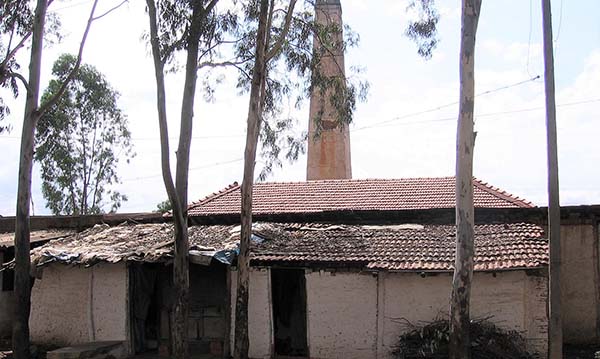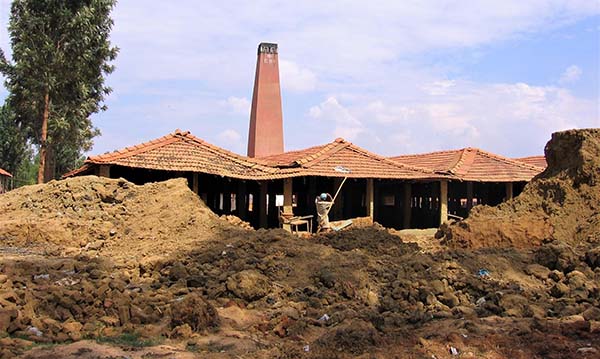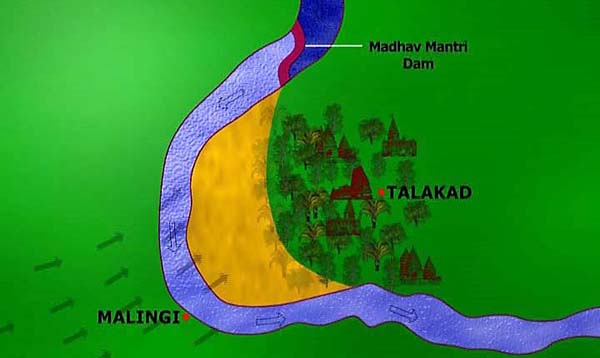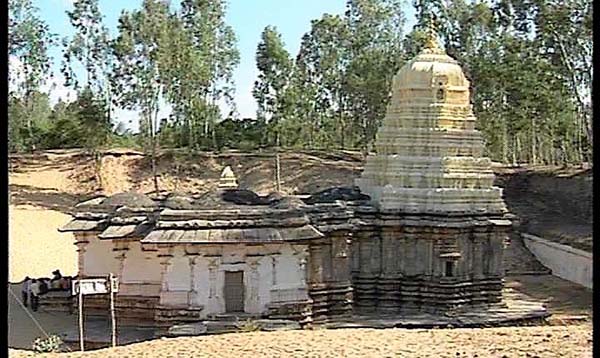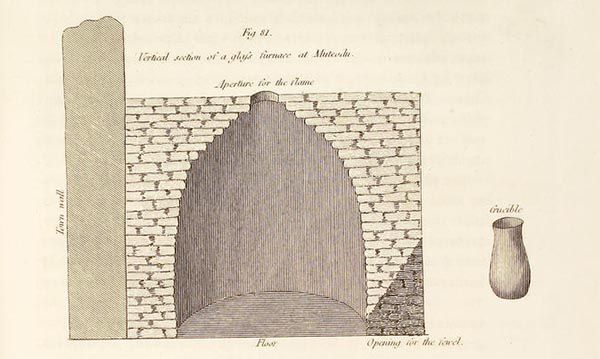On the Old, Old Madras Road
More than 200 years later we are retracing Buchanan’s Journey of 1800-01 through parts of southern India. It took Buchanan a year and few months to complete this task; we realized that ours would take even longer. On his journey from Madras to Seringapatnam (now Chennai to Srirangapatnam) via Bangalore, Buchanan had passed through a place called Satghadam. This article revisits Buchanan’s journey from Satghadam to Bangalore; it is an excerpt from our work thus far and barely 20 pages out of Buchanan’s tour de force of 1500 pages.
The Curse of Talakad
Francis Buchanan never visited Talakad; however, he did visit Malingi (Malingy), a small village opposite Talakad across the banks of the river Kaveri. To us, Buchanan’s recording at Malingi provided a vital breakthrough while researching for our documentary and book on the Curse of Talakad. In spite of our being able to draw some insights from Buchanan’s Journey we were disappointed by his remark that “circumstances would not permit me [Buchanan] to investigate the particulars [pertaining to the sand dunes] on the spot.” If he had, it would have been a critically important record for historians and archaeologists in their study of the sand dunes of Talakad.
Through the Looking Glass
“The most remarkable thing about the place [Muteodu, now Mathodu] is a manufacture of glass that is used for making the rings which are worn round the wrists of the native women, and are called Ballay in the language of Karnata, and Bangri, or Bangadi in that of the Mussalmans … all materials for making the glass are found in the neighbourhood … in the hot season, the Soulu munnu, or soda in the form of white efflorescence, is found is several places near this, on the surface of sandy fields … The furnaces are constructed in a high terrace, which is built against the inside of the town-wall, and are in the form of a dome, or like an oven, eight feet in diameter, and about ten feet in height …” This was Francis Buchanan’s description of glass-making at Mathodu. We decided to visit Mathodu to see for ourselves any remnants of this activity, at least in people’s memory. Quite to our surprise we found that there remained vivid memories of the occupation and even some physical evidence of what was once an important occupation in this small village.


